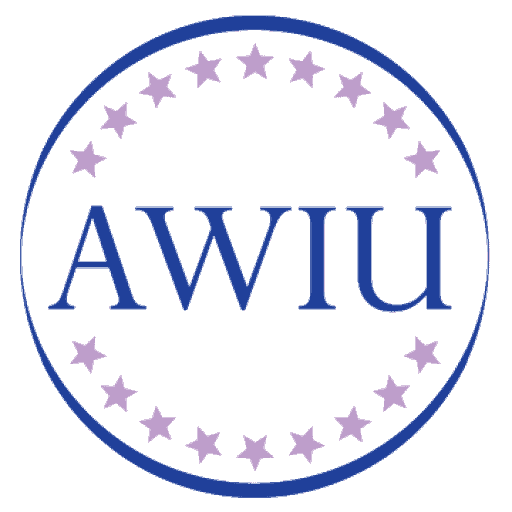American Women For International Understanding Delegation to Chiapas November 11-19, 2015
DELEGATES
Andrea Bascon
Robin Winter Odem
Colleen Berk, Co Leader
Barbara Rubio, Co Leader
Barbara Disko
Judith Russell
Barbara Feig
Nancy Shinowara
Katherine Heffernan
November 11, 2015: Welcome to Palenque!
Our lovely hotel is located in the jungle very close to the archeological site. Bungalows are scattered around the property amid lush vegetation and we wake to the sounds of birds and monkeys.
Nov 12 -13
The ruins of Palenque are a World Heritage site. According to the World Heritage Committee: “The archaeological site of Palenque in the state of Chiapas is one of the most outstanding Classic period (500-900 AD) sites of the Maya area known for its exceptional and well conserved architectural and sculptural remains.” We enjoyed an excellent tour of the ruins. Even though the site is expansive, only a small percentage has been excavated. We were able to view an excavation in progress.
There were two meetings near Palenque including a Women’s Rights
group CAM: Casa de Apoyo de la Mujer Two doctors provide medical care and other staff members offer workshops on women’s rights and empowerment among the indigenous. We also met with Sister Nelli at Casa de Migrante El Caminante Don Samuel Ruíz García which is a Migrant center. This center provides as little as a meal and bed for the night or as of much as a place to stay while refugee status in Mexico is being processed.
Travel from Palenque to to San Cristobal de las Casas involves a four hour drive through the mountains. We stopped en route at a restaurant with a beautiful view of a valley high in the mountains. Clouds were both above and below us.
Nov 14
A sightseeing day in the beautiful colonial city of San Cristobal de las Casas.
Nov 15
A two hour drive into the mountains took us to Acteal, a typical small indigenous community. Unfortunately, what makes the community unique is a massacre that took place there. In 1997. 45 people, mostly women and children, were murdered while attending services at a Catholic church. A paramilitary group, known as the Red Masks were responsible.
Nov 16
We began with a lecture by political analyst Miguel Pikard. He brought us up to date on the sociopolitical situation in Mexico today. Topics included migration, political reform and free trade agreements.
Later we visited two museums. Don Samuel Ruiz Garcia was the bishop of Chiapas for decades. The recently opened museum traced his life story with emphasis on the work he did for the Indigenous while he was bishop.
Sergio Castro is a humanitarian who came to Chiapas in the 60’s as an agronomist. He was alarmed at the lack of health care for the poor and trained himself to treat burns. He accepts no money for his services though, over the years, some patients have donated colorful ceremonial costumes and other gifts. Don Sergio created a museum of these costumes and opens the museum to visitor who often make donations for his work.
Nov 17
Melel Xojobel is a children’s rights group. The streets of San Cristobal are full of young children selling handicrafts. Memel Xojobel’s goals are: reducing the risks of the street such as car accidents, seasonal illnesses and child trafficking; educating about rights; helping children enter and remain in school. They also have a day care program and an early education project.
Kinal Antsetik is a women’s weaving cooperative. We enjoyed a presentation and an opportunity to shop for the remarkable textiles of the region.
Nov 18
Today was the last day. We had one meeting today. The organization is CODIMUJ which is a women’s rights group. It is sponsored by the Catholic church and the advisors are Catholic nuns.Chiapas-11
CONCLUSION
We had many excellent meetings on this delegation. We learned about the history of the region and the challenges that remain today. We developed enormous admiration for the local indigenous people and the groups which support and assist them. Since our return we’ve made recommendations to the Grant Committee regarding potential grant recipients among these groups. Even with a full schedule while we were in Chiapas, we had time for independent sightseeing, relaxation and shopping. Very few of us left without some of the beautiful local textiles and jewelry. We agree, however, that what made this delegation such a rich experience were the people we met in the scheduled meetings.



